5 free Inca sites in Cusco
Cusco was the capital of the Inca empire. Consequently, the footprint of the Incas is more legible there. Here and there temples, palaces, platforms and other works of Inca origin were built. The most famous sites are Sacsayhuaman, Coricancha, Pisac, Ollantaytambo and, of course, Machu Picchu. However, there are also other free-entry constructions for all visitors, whether local or foreign. Meet here 5 free Inca sites in Cusco.
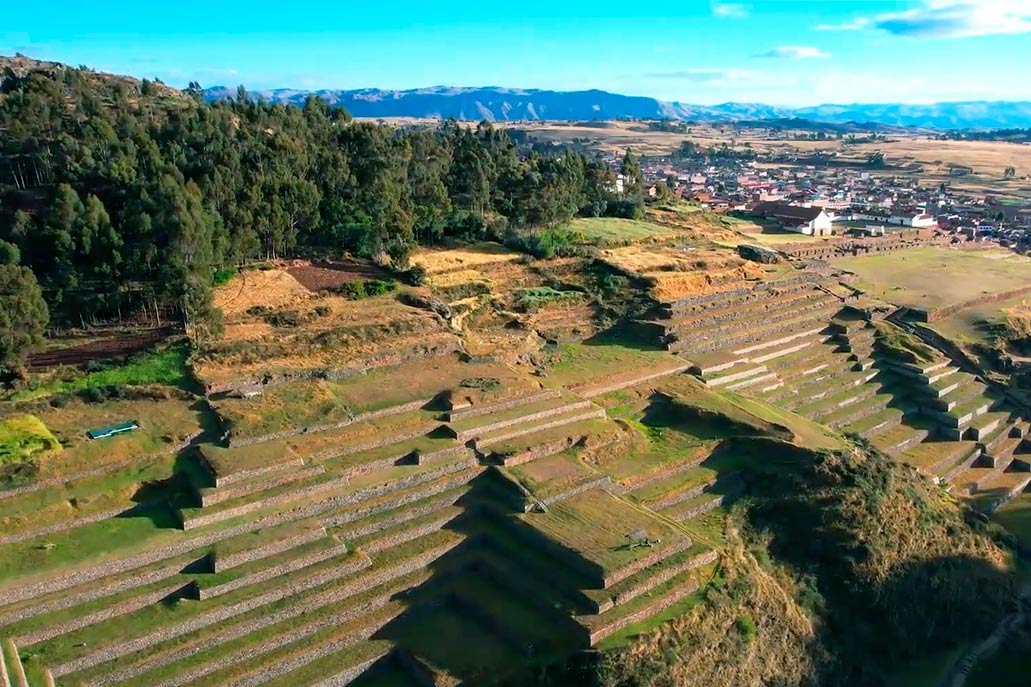
Content
Inkilltambo
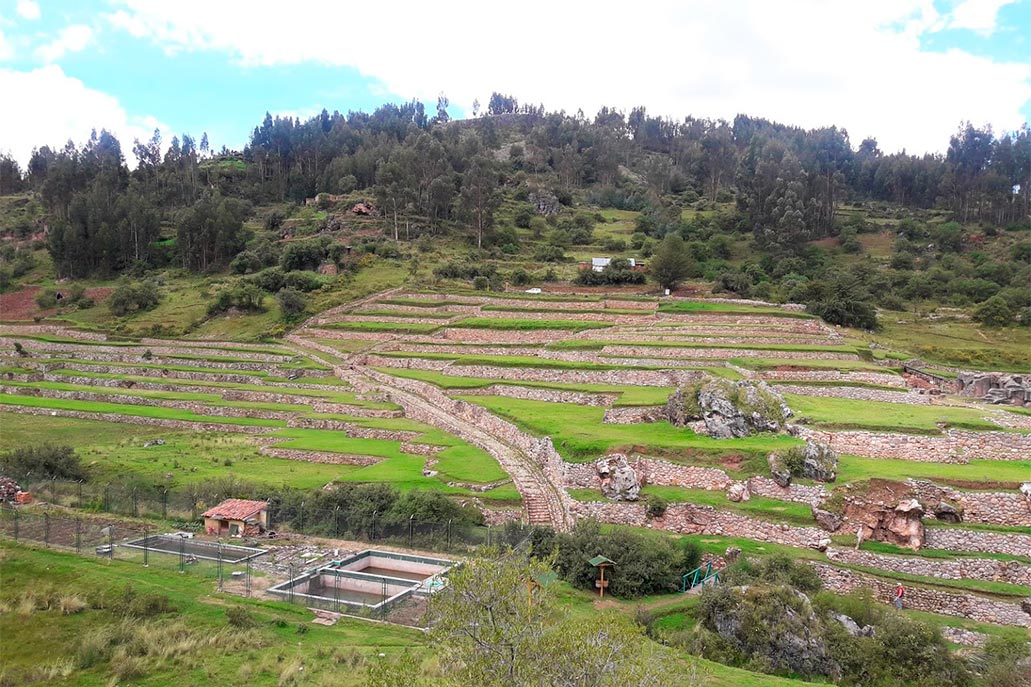
Inkilltambo is one of the Inca archaeological sites that has been valued in recent years since its restoration took place in 2016. It is located 7 kilometers from the city of Cusco. It is a temple or ‘huaca’ dedicated to the cult of water. It has platforms, paths, terraces, water fountains and rustic-style caverns. Admission is free for everyone.
Inkilltambo is located within the area of the Sacsayhuaman archaeological park. The investigations indicate that the place was built during the government of the Inca Wiracocha. However, its constructions were improved in the period of Emperor Pachacutec in the 15th century. Despite its historical and architectural importance, there are still not many tourists who visit Inkilltambo.
- How to get there? You can get there on foot from the entrance to the Sacsayhuaman archaeological park located in the Mutual Help sector.
- More information: Inkilltambo is a Quechua word that means ‘Flowery garden’ or ‘Flowery inn’.
The Temple of the Moon
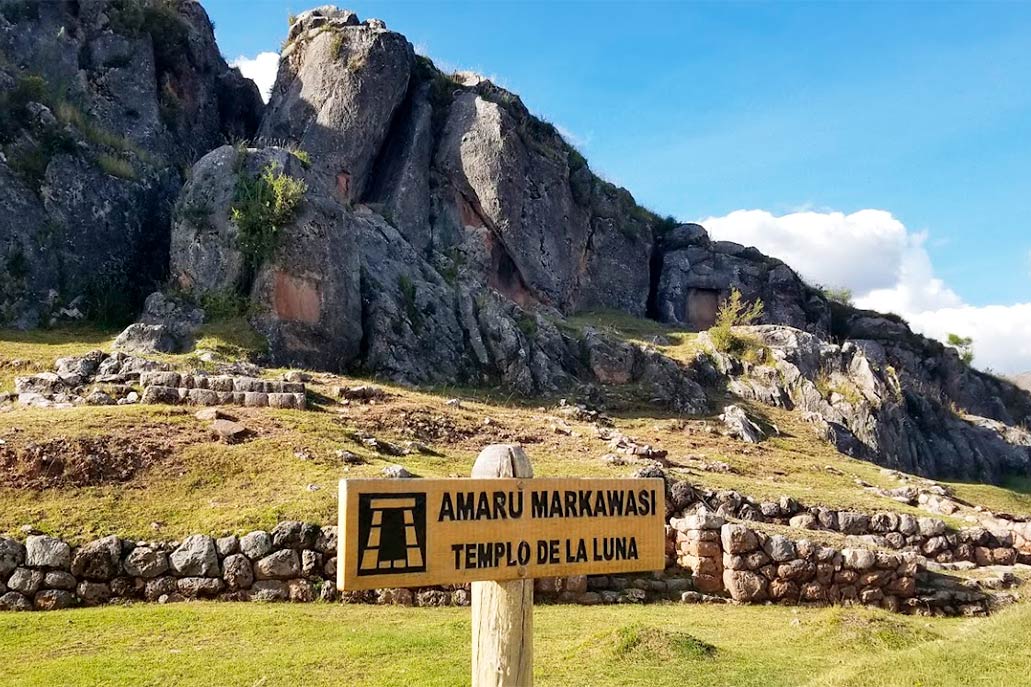
The Temple of the Moon is an enigmatic construction Inca located in the middle of a stone formation on the outskirts of the city of Cusco. It is also called as the ‘Temple of fertility’ because it is believed that religious ceremonies for fertility were performed there. It is located just 3 kilometers from the main square of Cusco.
The main cavern of this construction has a ceremonial table on which a ray of light falls through an upper hole. It is believed that embalming or ceremonies for the fertility of women were carried out there. Some visitors come there to make ‘payments to the land’ with coca leaves. While there are a few half-day tours there, it is also possible to go for free.
- How to get there? You can visit the Temple of the Moon on foot from the Main Square in Cusco (follow Atoj Saykuchij street). You can also get there by taxi or public service bus (with the company Señor del Huerto).
- More information: From the Temple of the Moon you can walk (30 minute route) to Inkilltambo. Both sites are free to enter.
Sayri Túpac’s palace
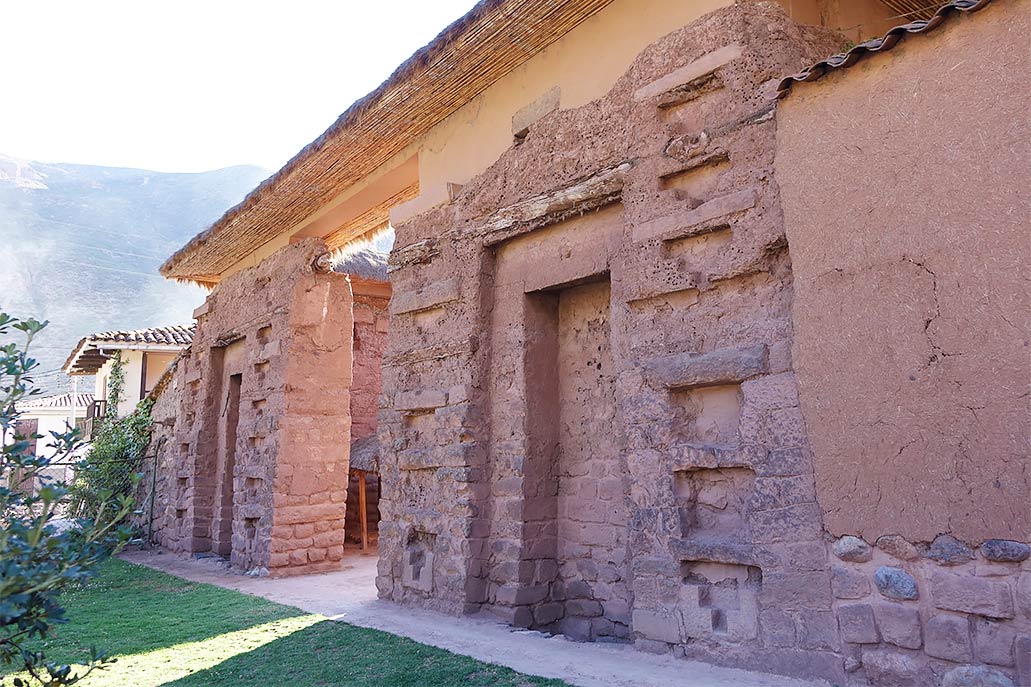
In the town of Yucay, 54 kilometers from the city of Cusco, is the palace of the Inca Sayri Túpac, one of the Vilcabamba rebels who agreed to a momentary peace with the Spanish in the second half of the 16th century. The temple is made of clay and stone. It stands out for its high doors, niches and double jamb niches. Its walls, previously painted in clay, are worn by time.
In Sayri Túpac’s time, Yucay was considered the capital of the Sacred Valley of the Incas. It was a town of great importance, with a pleasant climate and where corn was grown. The Sayri Túpac palace is right in the middle of the town’s main square. From the outside you can see the walls and niches of the palace. The entrance to the interior is prohibited because the structures are damaged with danger of collapse.
- How to get there? To get to Yucay it is necessary to take a public service bus (on Pavitos street or Belén street) to Urubamba. Once in this town, you must take a short trip by taxi or public transport bus to Yucay.
- More information: In Yucay you can also visit the Temple of Santiago Apóstol, the Saywa area (where there are mysterious 4 thousand-year-old pictographs) as well as the Yanacocha nature reserve.
The platforms of Chinchero
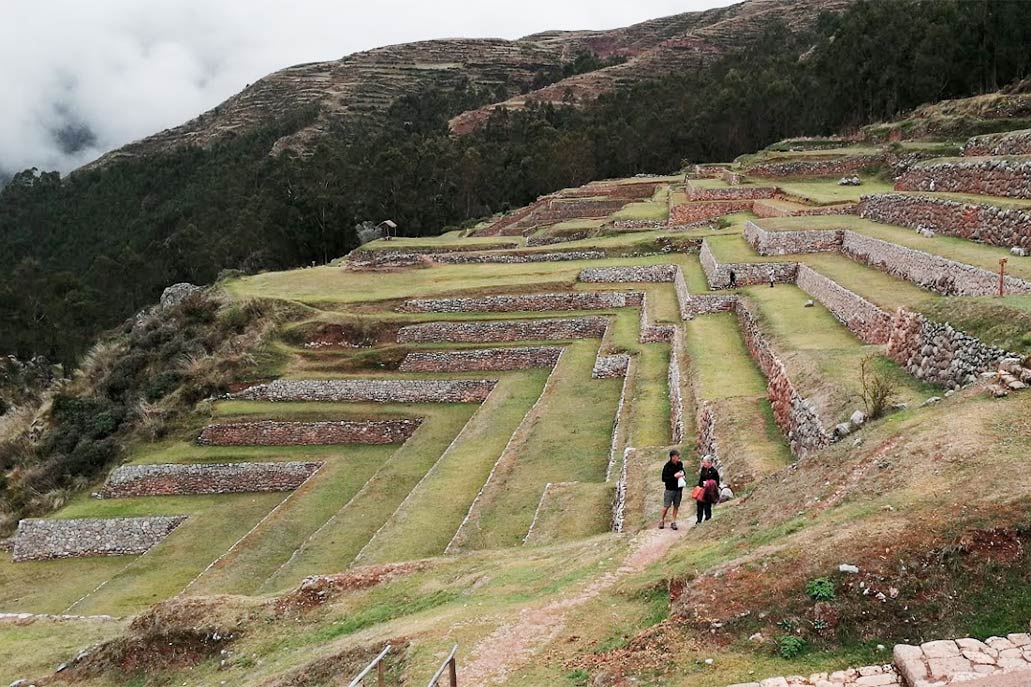
Chinchero is an archaeological site that is part of the classic 1-day tour through the Sacred Valley of the Incas. The visit to the residential area, where the Tupac Yupanqui palace (today the Church of Our Lady of the Nativity) used to be, is included in the Cusco Tourist Ticket. However, the visit to its platform sector and the Inca Trail route is free for everyone, even foreign tourists.
The entrance to this area is through the lower part of the archaeological site. Everywhere there are Inca terraces and, if you continue along the Inca trails, you can reach the Poc Poc waterfall or the town of Urquillos. The route is traveled mainly by the local population. To get there you should only consult with the local population. In Chinchero you can also visit one of the famous textile centers.
- How to get there? From the city of Cusco, you must take public transport on Belén street. In the Chinchero market, you must continue on foot through the lower part of the archaeological site.
- More information: To visit the Chinchero archaeological site in a complete way, it is necessary to buy the Cusco Tourist Ticket (70 soles). This ticket also includes the entrance to Pisac, Ollantaytambo and Moray.
The 12 angle stone
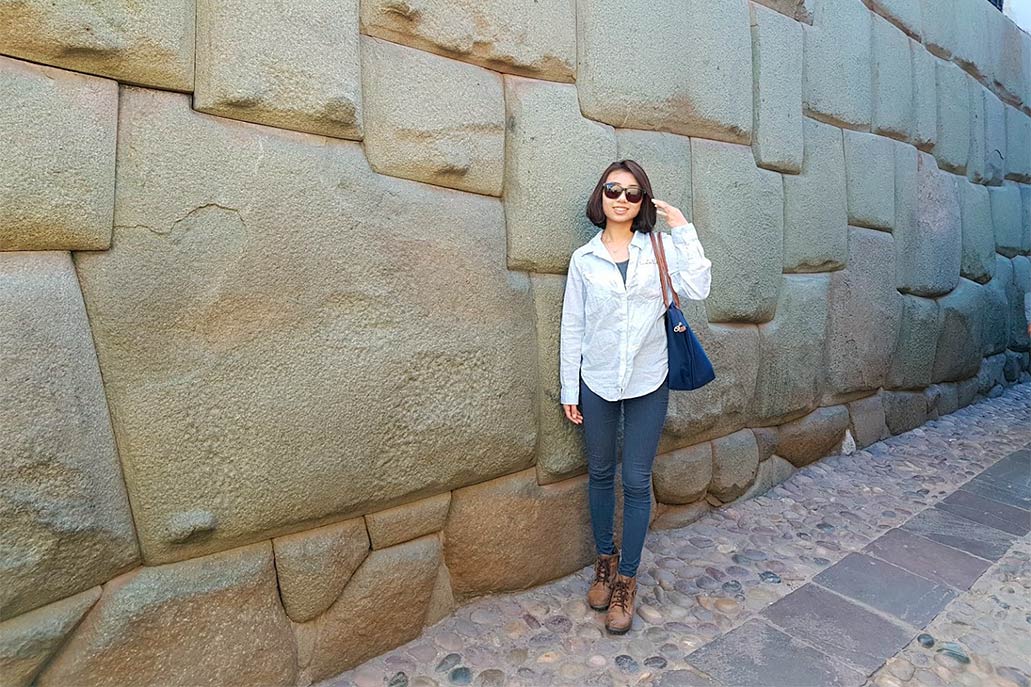
The 12-angle stone is one of the most photographed places in the city of Cusco. As its name indicates, it is a huge 6-ton stone whose twelve angles fit perfectly with the rest of the wall. This wall made of large stones was the palace of Inca Roca. Today it is part of the Museum of Religious Art of Cusco.
The stone of the 12 angles is in Hatun Rumiyoc street, just 300 meters from the Main Square of Cusco. There is usually a man disguised as an Inca who watches that tourists do not damage the rock (he also offers a photo of himself with the visitors in exchange for a tip). The street is famous for hosting dozens of handicraft shops. A few meters uphill on foot you will reach the famous San Blas neighborhood.
- How to get there? From the Main Square of Cusco you must walk for 300 meters through the street ‘Trinfo’ until you continue along the street ‘Hatun Rumiyoc’. There, in an agglomeration of people, is the stone of the 12 angles.
- More information: This famous stone is in the middle of a public road so the visit is free for everyone. However, it is forbidden to touch the stone and, much less, damage it or make graffiti (under penalty of jail). Photographs are allowed. It’s free.
By Machupicchu Terra – Last updated, August 28, 2023